
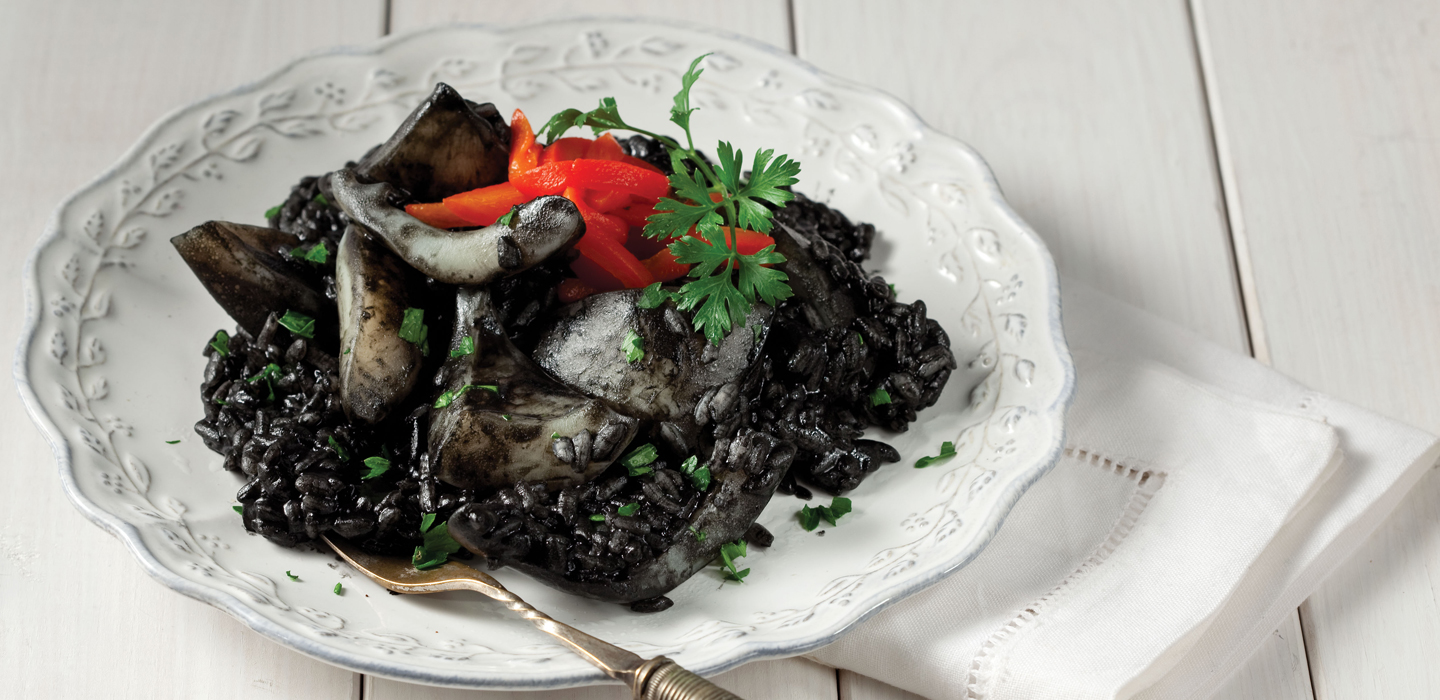
Photo credits: Tina Webb
This sort of cooking will remind you of Italian risotto. It must be served within 10 to 15 minutes, as soon as it is ready. You can cook the cuttlefish and the rice separately and combine them shortly before serving. In Lefkada this is a main dish accompanied by a seasonal salad. This is the Greek - and Mediterranean - diet. Serves 4 people
a few slivers of red peppers and parsley
Cut up the cuttlefish and wash them well. Allow to drain in a sieve. Heat the olive oil in a shallow pan and fry the cuttlefish with the onion. Next add the garlic, pepper and the ink sacs, punctured. Add a little boiling water to cook the cuttlefish. They must cook in their juices. You can serve this as it is over white rice. Or you can add 700 ml of water and half a teaspoon of salt and when it bubbles throw in the washed rice. Stir, and leave it to absorb the water. Taste, and add pepper if you wish. Sprinkle shredded parsley over the top and the red peppers as garnish.
From the book ''The cookery of Lefkada'', Evi Voutsina, Fagottobooks editions

Olga Aravani, Lefkada

A well-made kourabies crumbles in the mouth and is crisp and light. It does not stick to the palate nor is it gummy. It needs care for the details and baking.
They should be baked until they are golden so as to be crunchy. Mrs. Aravani insists on chopping the almonds with a knife so they are all the same size.
Whip the butter (in the blender, fortunately) with the icing sugar until white. Add the yolk and continue beating. Add the lye, brandy, vanilla and two handfuls flour. Beat a little longer and then mix, adding flour. Add the almonds before the flour is used up.
Be careful not to use too much flour in the dough. When they can be shaped it is enough. Shape them in half-moons or round and put them in rows in a baking pan lined with greaseproof paper, not touching because they will swell a little. Bake in a preheated oven at 175°C until they are pale gold on the underside too. When cool, dust them with icing sugar until well covered. When cold, put them on a platter.
*Alisiva (lye): Water made alkaline by lixiviation of wood ash, brought to boil once or twice and carefully strained to keep the ash residue out.
Poppy Aravani, Lefkada

Blend the first six ingredients until well mixed. Add the semolina, salt, soda, baking powder and a little of the flour to the mixture. Mix well, adding more flour gradually (it might not all be needed) and knead until you have a firm dough. Shape into small ovals and bake for about half an hour until golden and crisp. Boil the syrup ingredients for three minutes, remove the froth and pour it over the melomakarona in the baking pan. When the syrup is absorbed they are scattered with chopped walnuts.
From the book ''The cookery of Lefkada'', Evi Voutsina, Fagottobooks editions
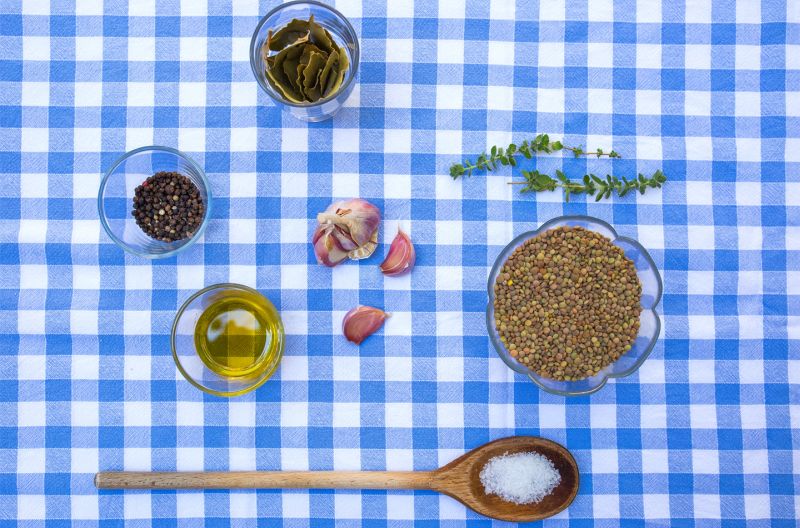
The Englouvi lentil is fine and pale in colour. It is cooked without tomato to a purιe. Whole cloves of garlic are a must, and only seldom is chopped onion used. It is flavoured with oregano in sprigs, that is removed after cooking so as not to give a bitter taste.
Vinegar – specifically rose vinegar – is added to the plate by each as desired. Most people also add a spoonful of uncooked olive oil in the plate. Lentils are cooked the same way as all pulses. A portion is calculated as an eggcup-full, about 100 gr. Do not forget that lentils are stirred with a wooden spoon only.
Yiovana Frangouli, Englouvi
Sort and wash the lentils. Boil in plain water. Time it when boiling for 2 minutes and strain. Put them back in the saucepan with more water, preferably hot, and boil. Add the garlic and onion if used. When the grains are cooked and crack open, there should be just enough water to prevent them sticking to the bottom of the pan. The olive oil is added at this point, stirring vigorously for 3-4 minutes. Add some water – boiling is best – to allow further cooking. Now add the sprigs of oregano and bring to the boil again. Salt is added at the end.
Note: Many add salt with the olive oil, but Mrs. Frangouli insists that it is best added at the end.
From the book ''The cookery of Lefkada'', Evi Voutsina, Fagottobooks editions
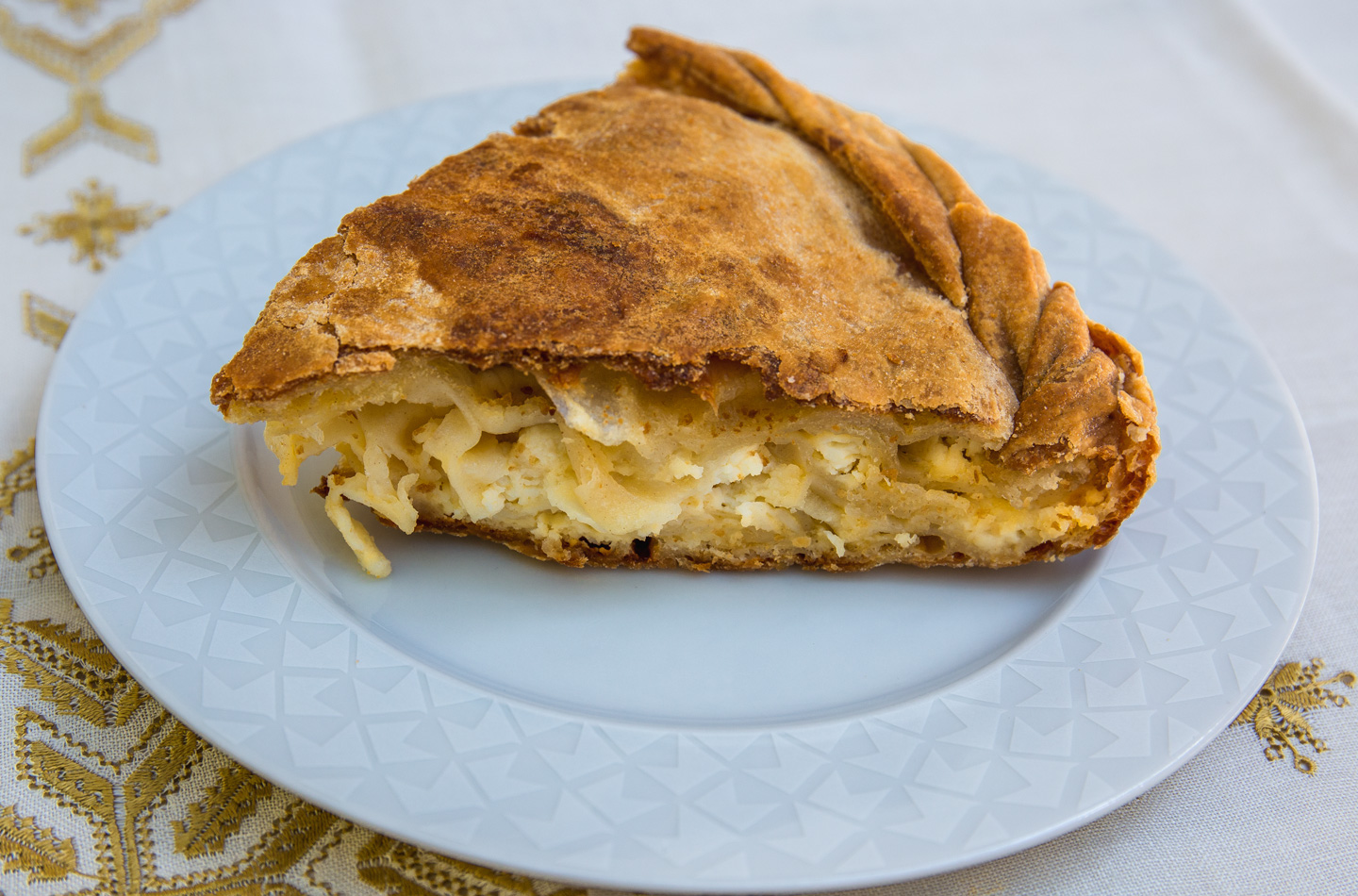
By Evie Voutsina (Cook & Writer)
Until the 60s, the cooking of Lefkada kept to the regional culinary traditions, for communication with the rest of Greece had been difficult and the inhabitants depended on local produce for their nutrition.There was first of all a difference between the cooking of the town of Lefkada – the capital – and the villages. Town dwellers were fishermen or professionals or had small businesses and did not cultivate their own land. Ingredients were shopped for – even bread. There were but a few wealthy citizens or sizeable landowners who had a wider choice. In the villages on the other hand, where there were no shops, or cash to hand either, they subsisted on what they themselves produced and either sold their surplus or exchanged goods to cover their needs.
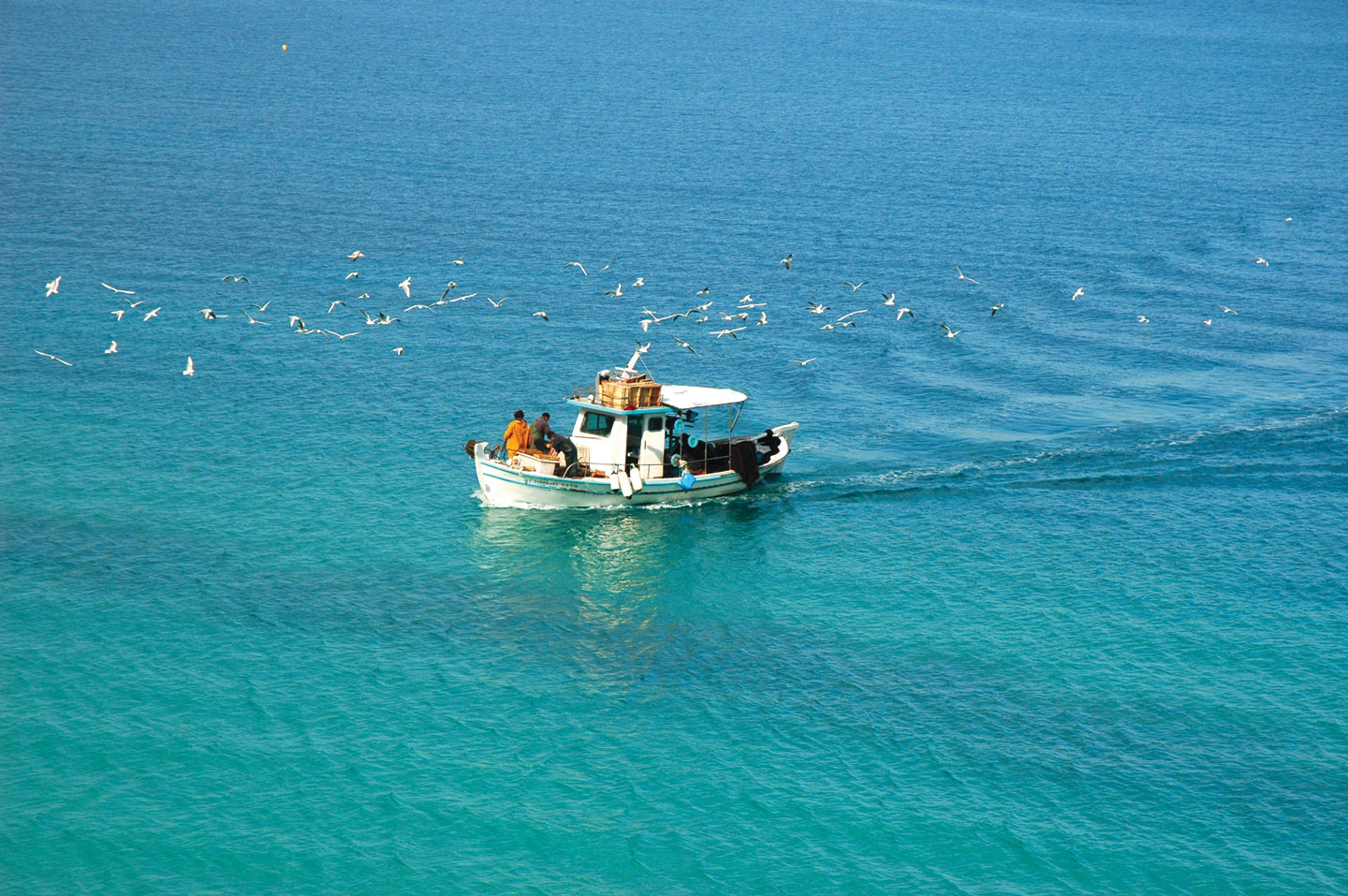
The island’s principal product has always been olive oil (olive cultivation accounts for 50% of the agriculture). There is some good wine from local grape varieties but little in the way of cereals – wheat production once sufficed for bread-making only. This is because the terrain is for the most part mountainous, with minimal level land, so that soil is laboriously shored up by terracing with dry-stone walling: this is what gives the scenery its characteristic charm. It also excludes any mechanical cultivation processes, and means that with the additional lack of irrigation, growing of vegetables is not extensive. The same goes for pulses, a staple food for the islanders: the small family production of beans, broad, runner or string beans etc. used to be eaten when fresh and the surplus dried for winter.
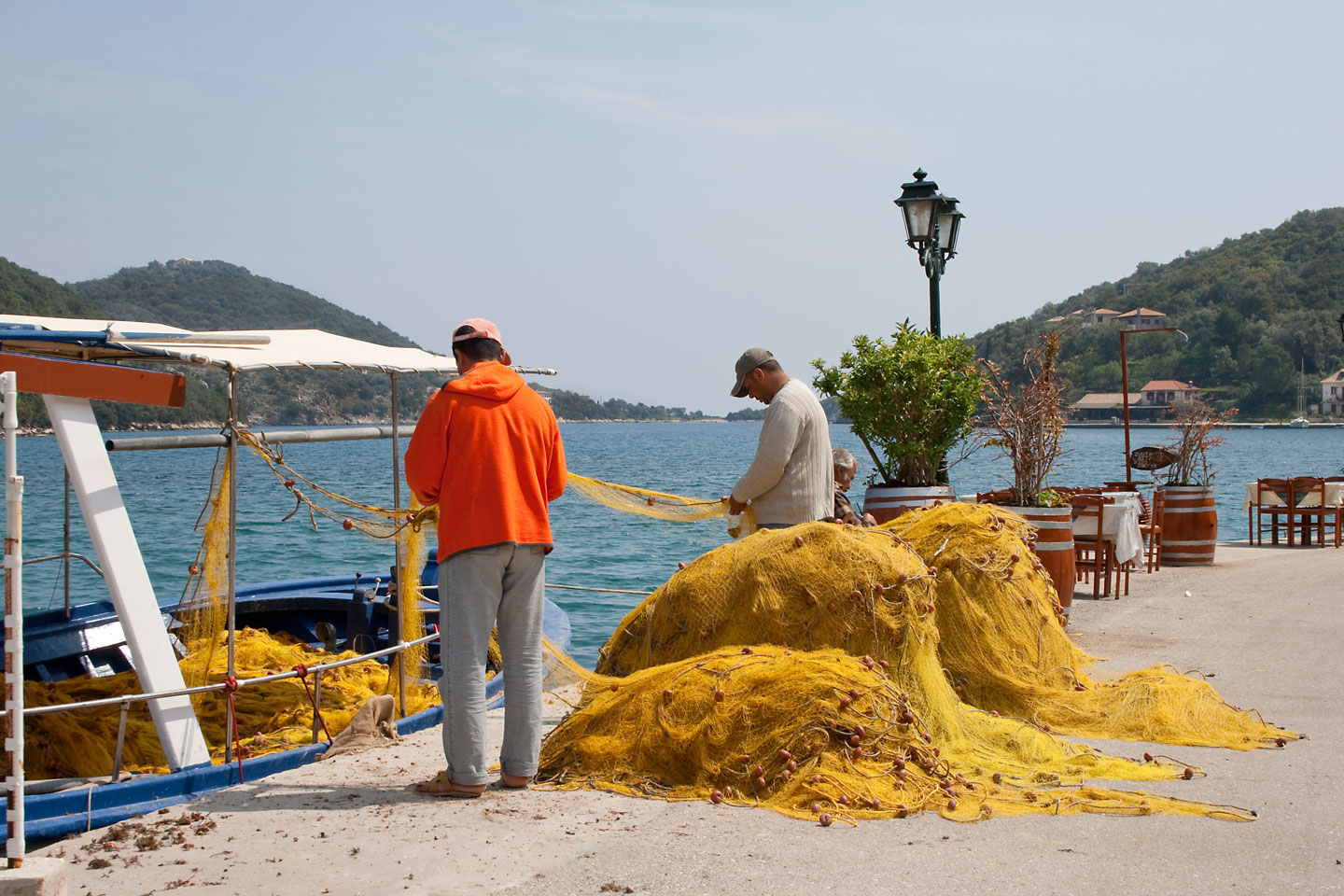
The plateau of Egklouvi is famous for its lentils, which have not undergone ‘improvement’ and are particularly tasty, extensively cultivated, giving the landscape its unique character with the stone constructions like threshing-floors for drying, the dry-stone terracing, walling and huts used by the cultivators. In Egklouvi, and Lefkada generally, these lentils are cooked with garlic and oregano to a thick creamy consistency. Vegetables, albeit not abundant, are very tasty, cooked in diverse combinations, most commonly as a ragout in olive oil. In the villages where the olive oil was produced by the family unit, a little uncooked olive oil was often poured over the dish, as the nourishing qualities of the oil compensates for the lack of animal protein in the diet.
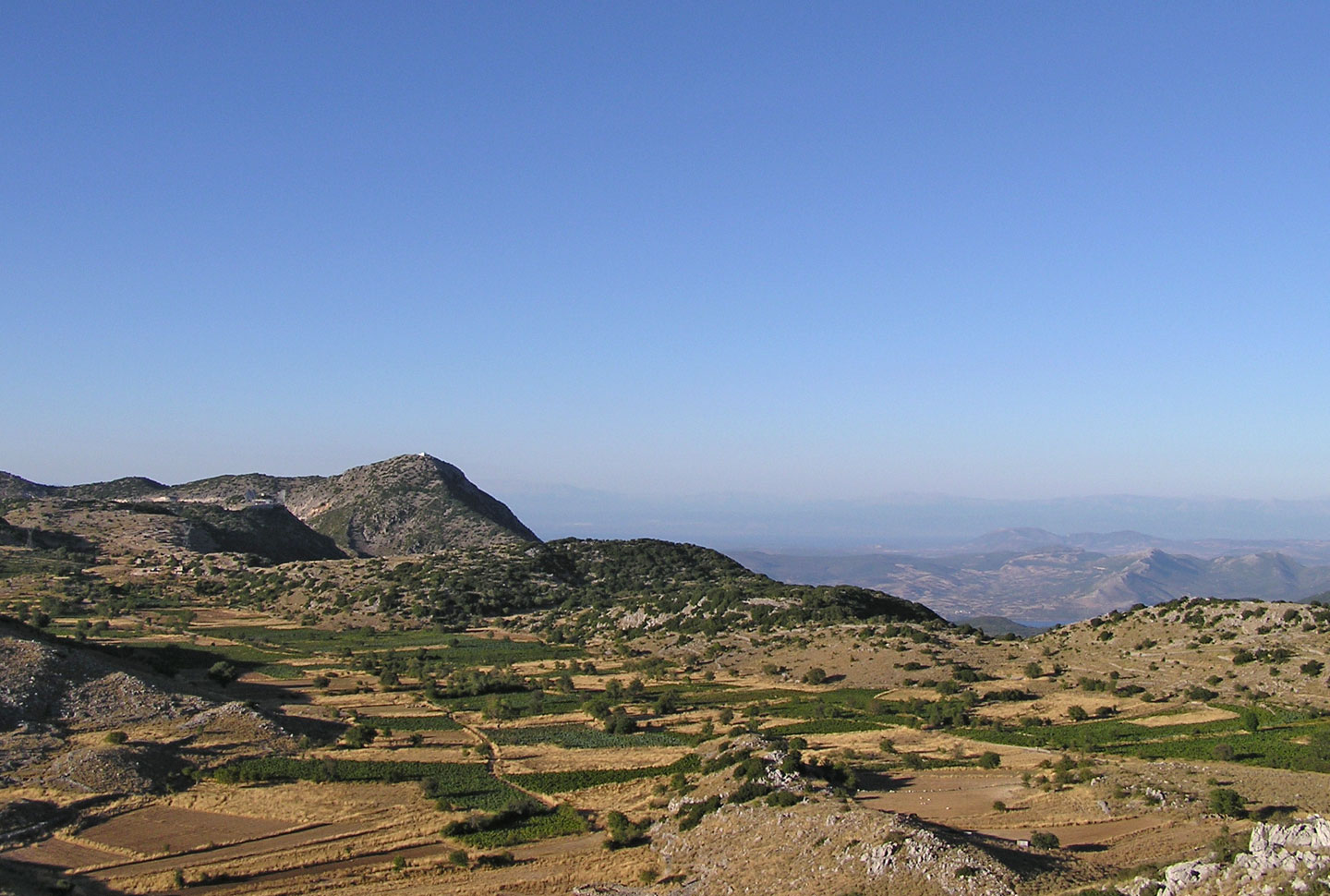
Photo credits: Babis Lazaris
In the town, as today, vegetables are bought from the greengrocer’s or there used to be itinerant vendors, with their donkey loaded with baskets threading through the alleys, calling out their wares. These were in those days mainly cultivators who had market gardens in the environs of the town. Wild greens abound in winter due to the amount of rainfall, collected by the housewives in the villages, and by town dwellers picked on a walk through the olive groves. More often, however , in the past they were obtained from nomad shepherdesses, Sarakatsans, who wintered with their flocks in Agios Nikolaos in Akarnania and came walking to Lefkada with their greens loaded in a large sack on their backs.
In the town, pies were not as common as in the villages, where they were easily and frequently baked. Delicious pies may still be found. They may be filled with aromatic greens, garden or wild, and they are also very good when made with rice (rizopita) or pasta (macaronopita), with eggs and milk, olive oil and cheese, and there is also ‘briani’ , a pie with thick green courgettes, and many more recipes. For the citizens of Lefkada, boiled greens, or cauliflower or cabbage, eaten with fried lianomata (small fish like fritto misto) is a popular and easily prepared dish.
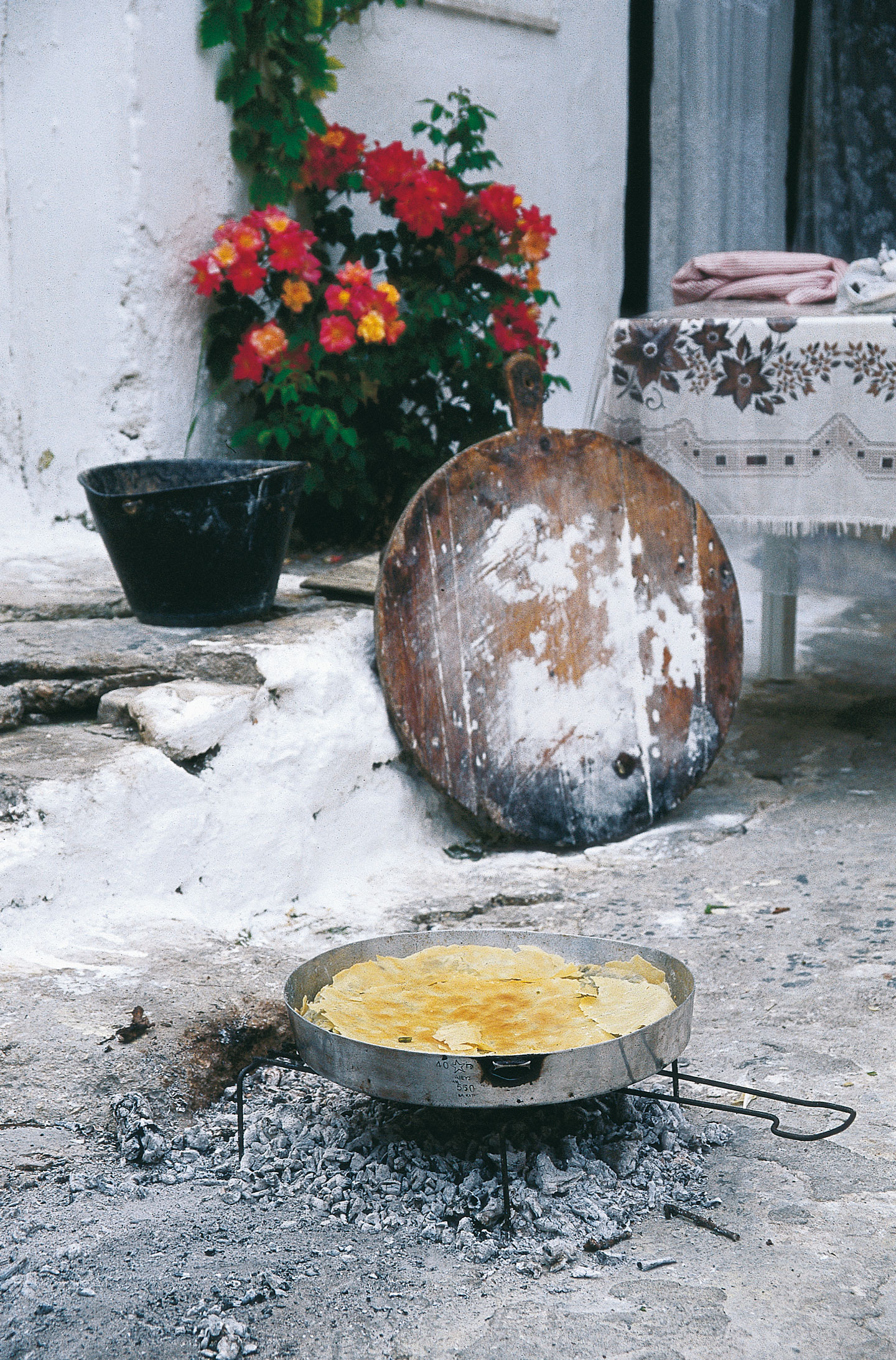
Photo credits: Eleonora Fiorou
Fish is abundant especially in the town of Lefkada, where as well as the sea there is a fishery with a substantial production of choice fish. Black rock-perch stewed in its juice and plenty of onion, fish soups, eel baked with oregano and bay leaves, bonito or grey mullet with garlic, potatoes and oregano are favourites – and many more – with the dish par excellence being steradi , large male mullet from the fishery, cooked in olive oil and lemon in winter and unripe grapes in summer, a masterpiece! The female mullet produces fish-roe in small quantities but top quality.
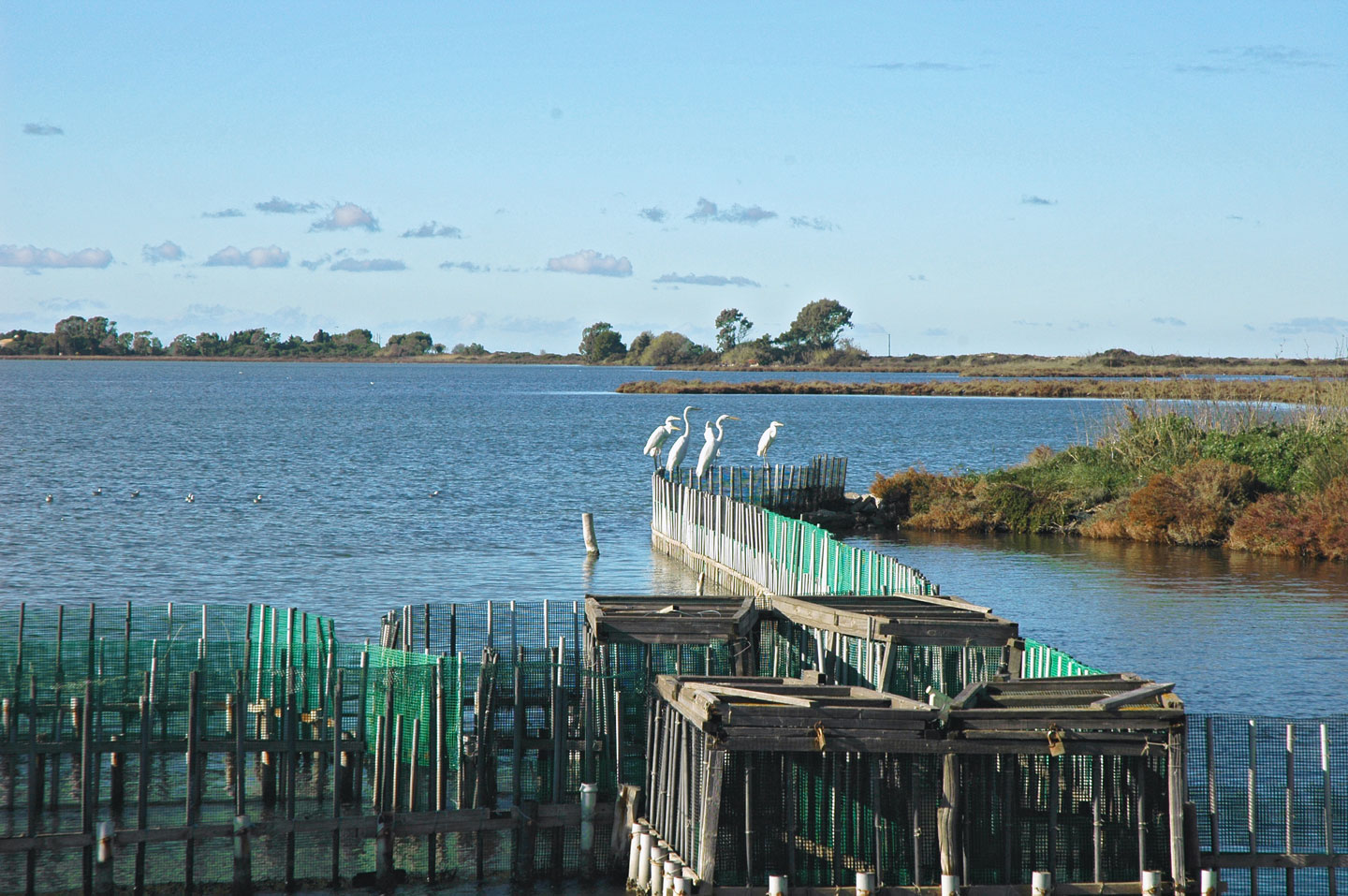
Fish and seafood are enjoyed in all the coastal villages, and the villagers in the highlands obtain it from town or other wharfs. In the old days itinerant fishermen made their way up to the villages. There are, however, salted codfish and sardines often on the menu, tasty morsels also favoured by the inhabitants of the town. Molluscs are special favourites: squid, or cuttlefish cooked in its ink with rice, pasta or potatoes, octopus stewed or grilled, calamar with rice, or fried. Shellfish, mussels, conches and cockles, usually cooked with rice, are plentiful, especially during Lent. Shellfish also used to come from across the water, from Preveza, the select production of the Amvrakikos gulf, and was brought over daily by boat, a private enterprise. Other seafood such as sea urchins or whelks, which are not suitable to cover the needs of a large family, are consumed more rarely, as delicacies.
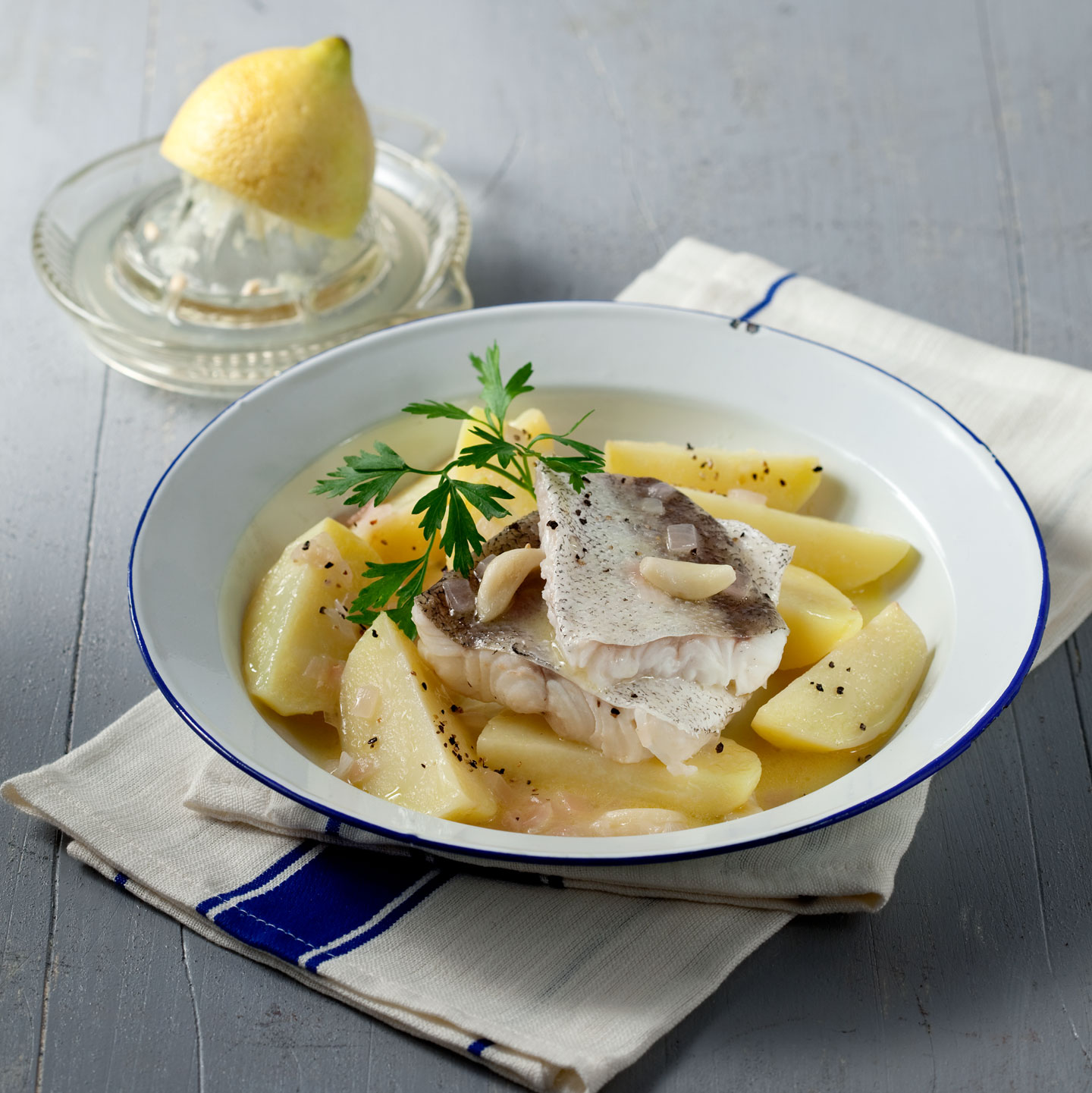
Photo credits: Tina Webb
There is little fruit, depending on the season. There are figs and the local variety of ‘patrino’ table grapes, plenty of quince and almonds, but few citrus fruits, grown mainly on the plain of Nydri. There was a special variety of pear –‘onada’ – with juicy brown flesh and there used to be highland-grown summer apples of outstanding quality, now alas extinct, and the aromatic little melons from Peratia and Plaghia (on the nearby coast of Akarnania) brought in paddle boats for lack of a road. A treat for the kids in the old days were the bananas from Athens. It was then an exotic fruit!
As a rule meat is cooked with pasta, rice or potatoes, and as soup. In the villages, meat is consumed more rarely than in the town where it is available from butcher shops. The butchers continue, as they always did, to make the speciality air-dried salami and pork sausages. Lefkadian salami with its mild aroma of garlic, with whole peppercorns has been exported since olden times. Village house-holds then and now often keep two or three goats, frequently also a ewe, for the children’s milk and cheese for the family. As far as organized animal husbandry goes there was never much to speak of except on the Skari plateau, where a few flocks graze to supply little more than local needs. Other than the hard cheese called ‘kefalotiri’, in the town’s grocers, ‘sfina’ – a sort of ‘feta’ cheese (mainly from sheep’s milk) from the opposite coast was sold.
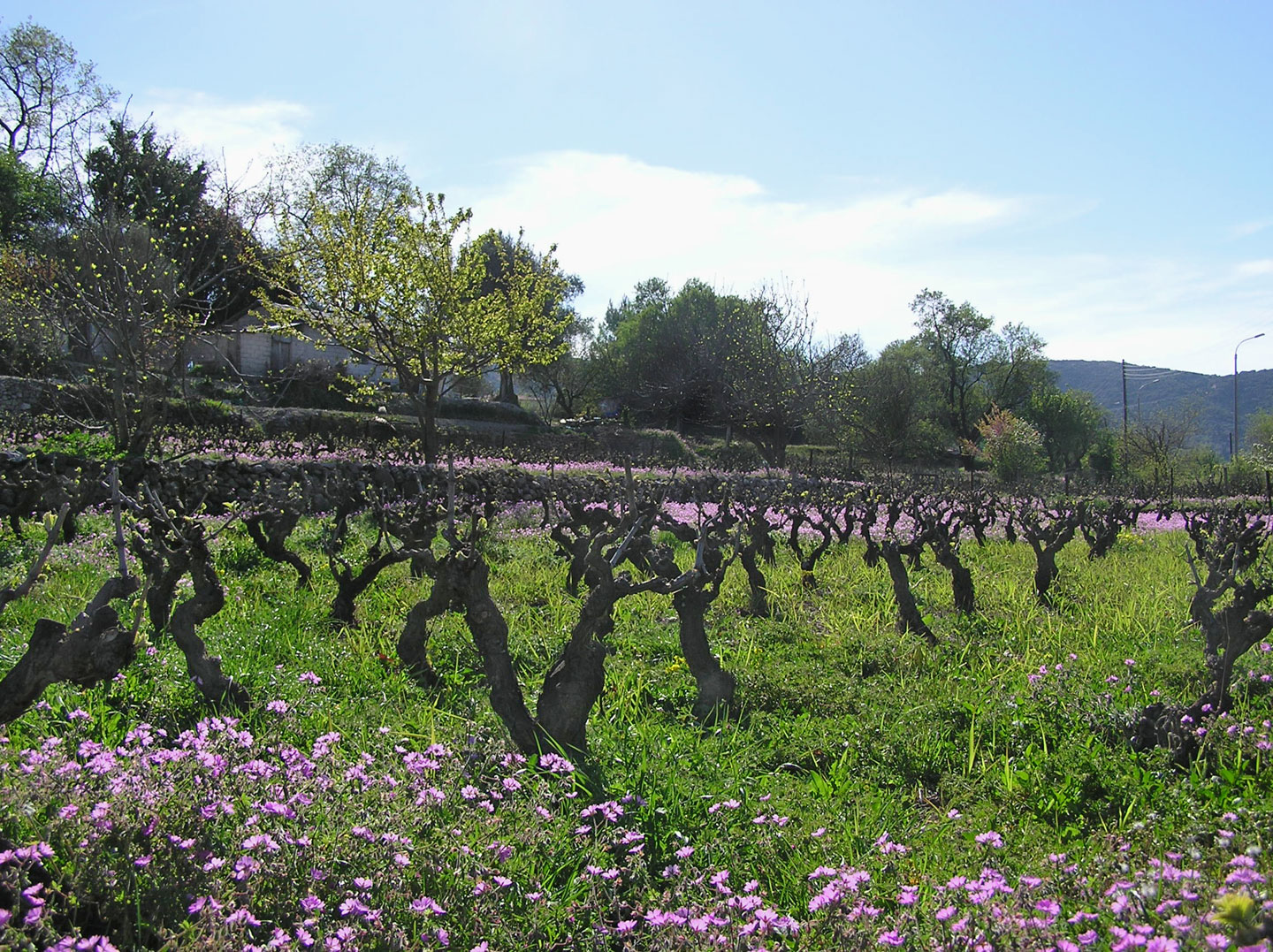
The luxury of a pastry-shop did not exist in the villages in those days! However , all year round there were stocks of ‘petimezi’ (grape-juice syrup), ‘soutzouki’ (rolls of nuts covered in dried must-cream and sliced), sun-dried must-jelly, and ‘sykomaghida’ - an ancient recipe made of dried figs with almonds and spices, kept wrapped in vine leaves.
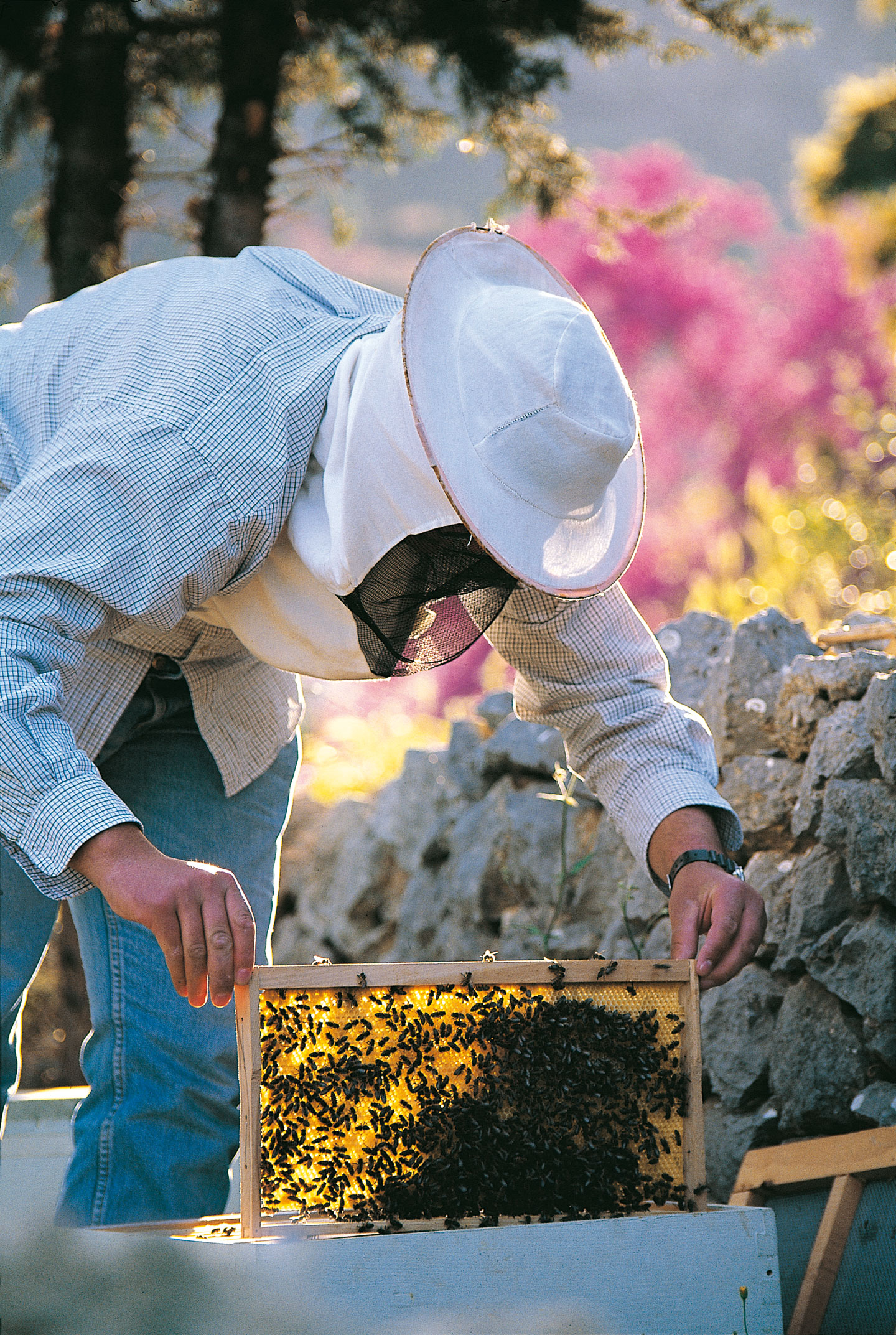
Photo credits: Thanos Papadopoulos
In the town, in addition to the cafés, where baked sweetmeats made on the premises were sold, there existed also two local patisseries with delicious ‘baklava’, ‘kadaifi’, ‘galaktobureko’, ‘Copenhagen’, almond pie and authentic ‘kok’ along with much else to make you swoon. ‘Somada’ (‘orgeat’ – a drink from barley or almond and orange-flower water) is a local soft drink, accompanied by rusks scented with coriander for refreshment on a Sunday afternoon walk.
Traditional recipe: Milk pie (Galatopita)

‘Pasteli’, with almonds, and ‘mandolato’ (nougat), with honey and almonds were in those days the exclusive product of barbers in the Ionian Islands, made by themselves from a recipe that remained a tightly kept secret. Nowadays they are available anywhere, sold wrapped in cellophane, but once were displayed on a marble table outside the barbers’ shops, arranged in rows in glass jars of two sizes.
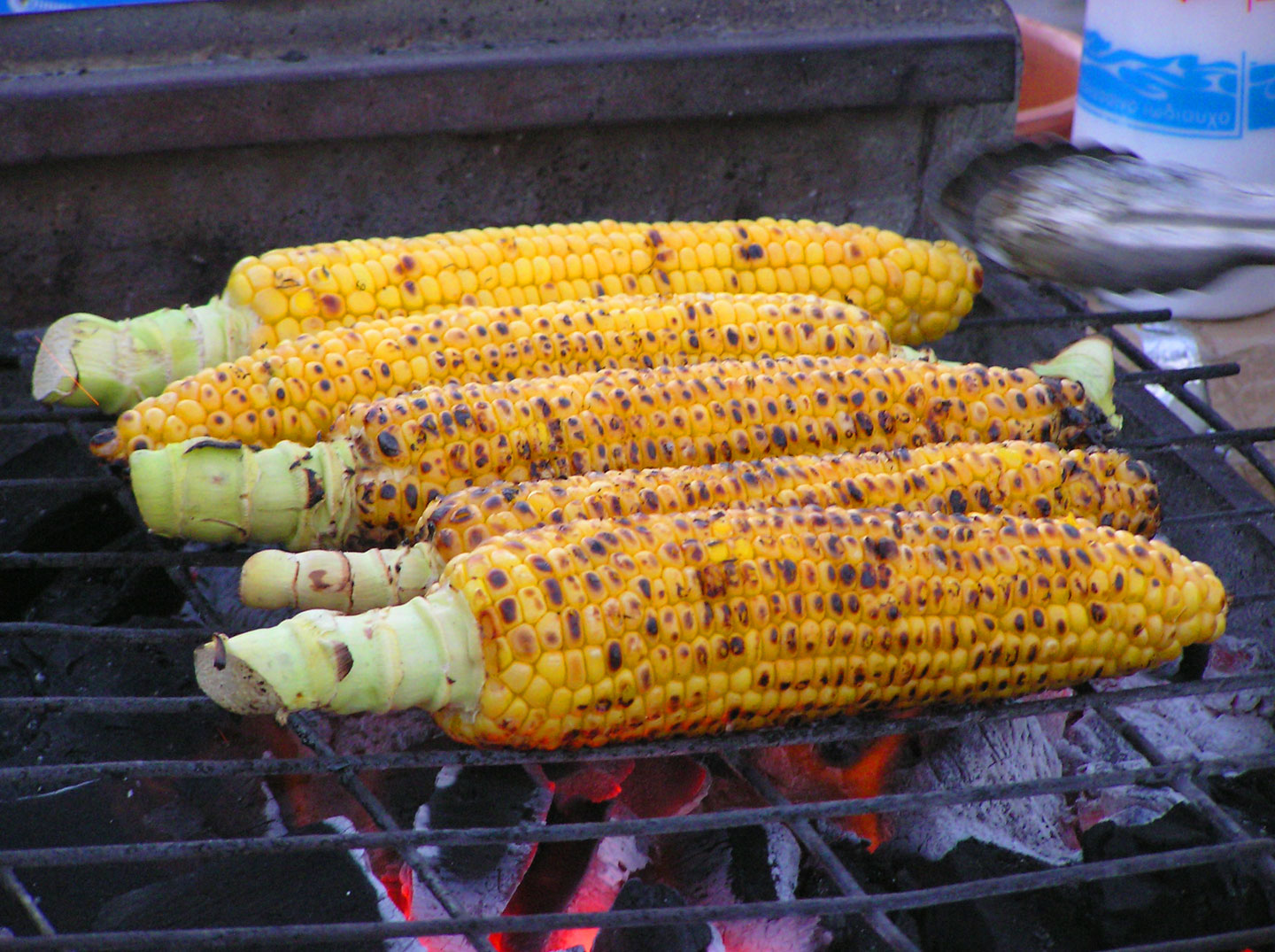
In this brief look at Lefkada’s cuisine, then and now, it is worth including the small snacks that were to be found in Lefkada town. In winter , small crabs from the fishery, boiled, hot and full of their eggs. In spring, tiny wild artichoke hearts, boiled and served hot. In the summer in addition to the nationally familiar roasted corn, one could buy small bunches of chickpea plants with the occasional fresh green chickpea on the stems.In concluding, I would like to point out that Lefkada, with its distinctive scenery and the unique light praised by Sikelianos and Valaoritis, has a strong identity of flavours relating to its spiritual and folk traditions. And the variety certainly adds a pinch of spice to the inhabitants’ daily life.